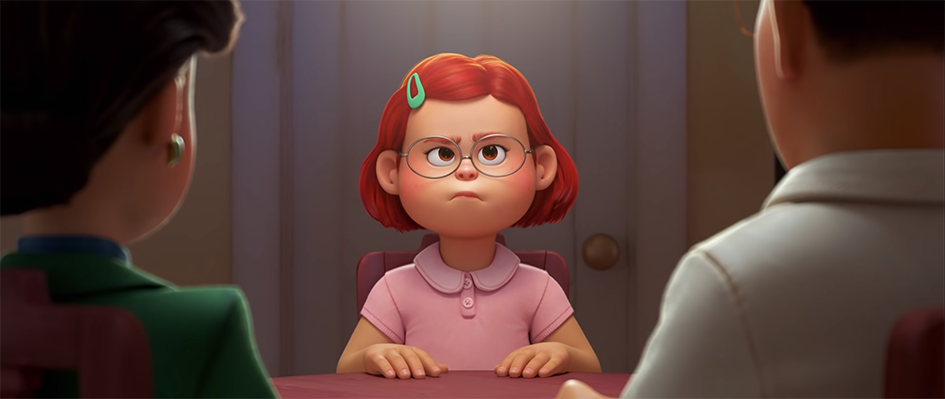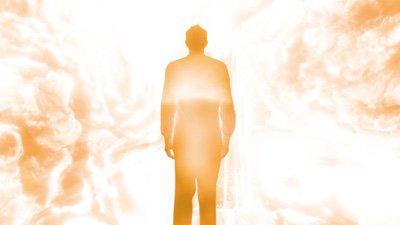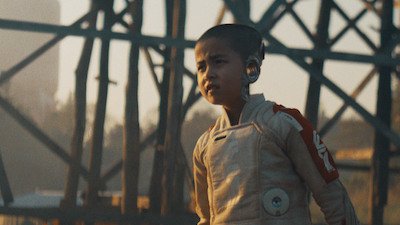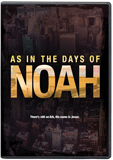
Review of Disney’s Turning Red
Why are some seeing red?
Spoiler Alert: Those who would rather not know much about the movie before viewing it are advised to skip to the conclusion.
On the surface, Turning Red is a bright, colorful coming-of-age Disney+ movie about a teenage girl figuring out who she wants to be during the highs and lows of adolescence. In this animated feature, thirteen-year-old Meilin “Mei” Lee wakes up one day to discover she turns into a giant red panda when she gets emotional. As Pixar’s first female-led movie, Turning Red does have some positive elements, with a diverse cast of characters and an emphasis on valuable female friendships.
Controversial?
As we sat down to watch this movie, apart from some quotes of teenage bravado and irreverence, we were a bit surprised to find little objectionable content at first. Though the characters are cheeky and over-the-top, this is part of the diversity of the characters in the movie. In fact, some have praised the film for representing a broad range of cultures, body types, and even characters with medical conditions such as diabetes. Overachieving protagonist Mei has a group of friends just as quirky as she—the tomboy skater girl Miriam, the deadpan goth Priya, and the always-excitable Abby. The four girls bond over their love of the boy band 4*Town before Mei rushes home to her Chinese temple duties and her overbearing yet doting mother.
Cultural Aspects
Mei’s Chinese-Canadian family practices ancestor worship, and Mei spends much of her time helping her family keep their temple tidy. The Lee family temple is dedicated to Mei’s ancestor, Sun Yee, and the temple itself is portrayed as both a place of prayer and a tourist destination. This may confuse younger viewers, so when watching with children, be sure to explain the difference between Christianity and other religions.
Mei’s mother tells her that according to legend, Sun Yee prayed to become a powerful red panda to protect her village. That night, Mei has a nightmare involving spirits and the temple (which may be disturbing to young viewers), and when she wakes, she finds herself transformed into a giant red panda. She then discovers “her panda” is directly linked with her emotions, and she can turn back into a human by calming herself down.
Comfort Aspects
The panda itself is a clear metaphor for puberty, perhaps among other aspects of growing up. Mei describes her panda form as hairy and smelly, and she calls herself a “gross, red monster.” Furthermore, she’s very emotional—at one point she accidentally snaps at her mother, much to the surprise of both. Mei’s mother even mentions feminine hygiene products. With such topics typically being avoided in children’s films, some would welcome such a humorous and candid handling of something that does need to be discussed at some point with girls, but others might find the openness on such a topic unnerving.
Concerning Aspects
For all these arguably positive elements, the cutesy characters and upbeat score hide more insidious messages
For all these arguably positive elements, the cutesy characters and upbeat score hide more insidious messages. Mei’s mother, Ming, is cartoonishly overbearing, though the movie later fleshes out her character with an explanation of why she is that way. In making the mom the “bad guy,” the movie clearly influences viewers to root for Mei in all her endeavors, even when she repeatedly deceives and disobeys her mother. Though teenage rebellion is a common scenario in real life, this movie encourages disobedience and deception, and caricatures family roles and dynamics to achieve it.
The movie continues to derail as Mei’s pace toward “adulthood,” independence, and sexuality steadily increases past where it should. There is one scene where Mei hides under her bed and draws pictures of shirtless boys, which she later describes as “sexy”—a startling comment to hear from a thirteen-year-old character, especially in a Disney/Pixar movie. Later, one of Mei’s friends calls her a “perv,” and another character says her parents call 4*Town’s music “stripper music.” Mei’s friends go to a party where suggestive music plays on the speakers. Mei falls on top of boys and lingers—twice. In the final confrontation between Mei and her mother, Mei speaks about how she likes gyrating, and in panda-form, makes inappropriate moves toward her mother for an extended period of time. Though there is no direct sexual activity in the film, the vector of Mei’s actions and interests are disturbing for her age, and are yet another barometer of our sex-affirming culture which indoctrinates children at increasingly younger ages. Most notably, Mei spins the phrase, “My panda, my choice.” What a sad decline for Disney/Pixar to have a 13-year-old character dangle a “funny quip” to viewers that mimics a tragic mantra which encourages the senseless murder of preborn children as a viable choice (pun and oxymoron not intended).
Conclusion
While some would simply argue the movie is a metaphor for the normal awkwardness of growing up—and it is—there is much more meaning tied to it. As part of Disney’s stated agenda, the movie slips in subtle messages of anti-religion1 and rebellion, suggesting to adolescents that removing oneself from family and tradition should be applauded, and that parents who “love” their children will be proud no matter what. AiG has made a point of sharing the truth that love doesn’t mean affirming someone in their lost and rebellious state; rather, true love is pointing others to the help and hope they need in the gospel of Jesus Christ.2
Mei’s final quote of the movie sums it up with a clear call to action to unleash your “inner beast”:
“We’ve all got an inner beast. We’ve all got a messy, loud, weird part of ourselves hidden away, and a lot of us never let it out. But I did. How about you?”
This theme is becoming grotesquely common and is clearly subversive.
Even though Mei’s “beast” can be destructive and impulsive, she ends up embracing it—and this is seen as a positive thing, as that’s who she “really is”—and her family’s beliefs are presented as holding her back. This theme is becoming grotesquely common and is clearly subversive. Early in the movie, Ming tells Mei that there’s a darkness to the panda, and Mei even ends up hurting someone in her raging panda form. And, as the movie progresses, Mei’s path is leading her toward sexual interest and activity at too young an age. Period.
This movie, as well as our culture, has it wrong. Our real “inner beast” is sin. As God’s Word tells us in Jeremiah 17:9, “The heart is deceitful above all things, and desperately sick; who can understand it?”
And Jesus’ sacrifice gives us freedom from sin and a new heart. We should reject our inner beast and instead embrace Christ.
And I will give you a new heart, and a new spirit I will put within you. And I will remove the heart of stone from your flesh and give you a heart of flesh. (Ezekiel 36:26)
Jesus answered them, “Truly, truly, I say to you, everyone who practices sin is a slave to sin . . . So if the Son sets you free, you will be free indeed. (John 8:34, 36)
Footnotes
- At one point, barely audible, a teen at a party exclaims, “Thank Cthulu.”
- See Are Christian Organizations “Hate Groups”?, for example.
Recommended Resources

Answers in Genesis is an apologetics ministry, dedicated to helping Christians defend their faith and proclaim the good news of Jesus Christ.
- Customer Service 800.778.3390
- © 2024 Answers in Genesis







